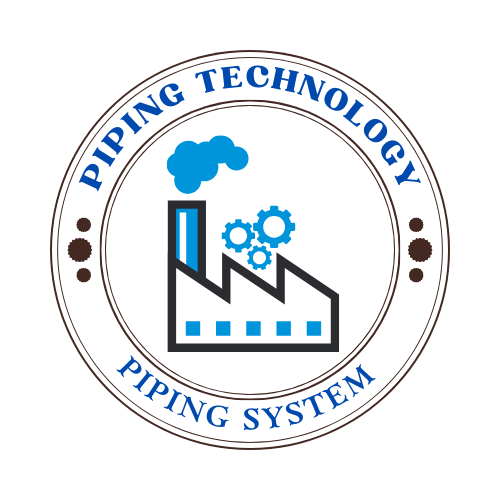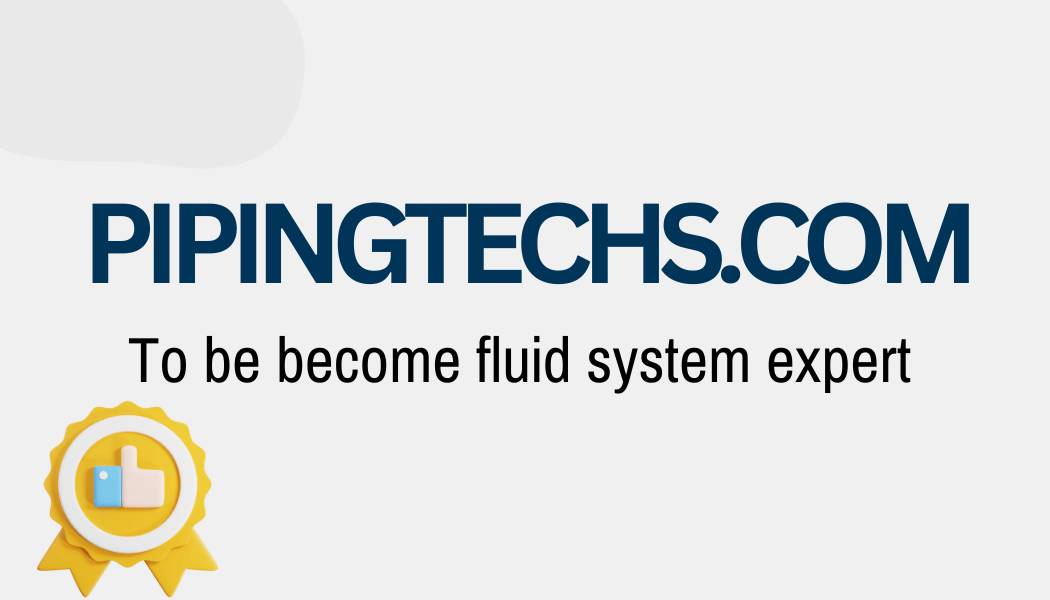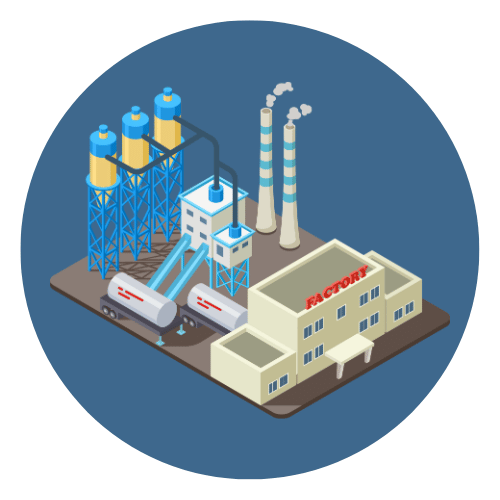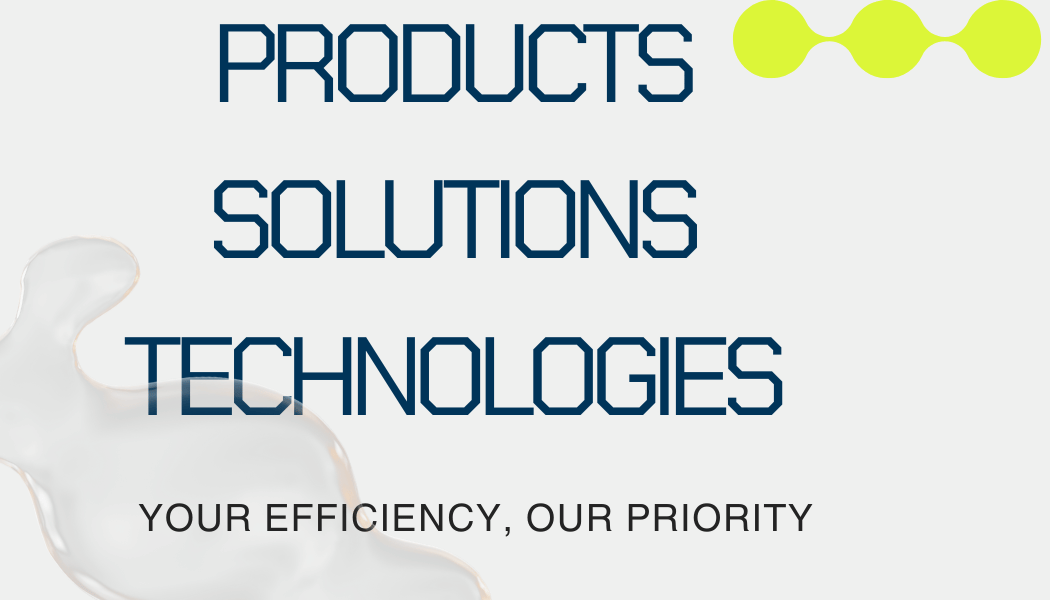The Rise of Electric Vehicle Castings: Pioneering the Future of Automotive Manufacturing
Contents
Main Die Casting Parts in Electric Vehicles
- Battery Housings
- Function: Provides a structural frame for the battery packs, which are the power source of EVs.
- Material: Mainly aluminum due to its excellent thermal conductivity and lightweight properties, helping with both protection and heat management of the battery cells.
- Electric Motor Housings
- Function: Encases the electric motor, protecting it from environmental factors and aiding in heat dissipation.
- Material: Commonly aluminum or magnesium, chosen for their light weight and ability to dissipate heat generated by the motor efficiently.
- Transmission Housings
- Function: Houses the transmission system components, supporting mechanical integrity and alignment.
- Material: Often made from aluminum, providing strength and lightness to maintain the vehicle’s efficiency.
- Converter Housings
- Function: Protects the power converter, a crucial component that manages the flow of electrical energy within the vehicle.
- Material: Typically aluminum, chosen for its protective qualities and thermal management capabilities.
- Structural Components

- Function: Includes parts like chassis components or frames that form the structural backbone of the vehicle.
- Material: Aluminum is prevalent for its strength-to-weight ratio, enhancing vehicle handling and efficiency.
- Heat Sinks
- Function: Used in various electronics throughout the EV, especially in managing the heat in power systems and LED lighting.
- Material: Aluminum is favored for heat sinks due to its excellent heat dissipation properties.
- Wheel and Suspension Components
- Function: Components such as wheels, hubs, and suspension parts are critical for the vehicle’s mobility and stability.
- Material: Magnesium and aluminum alloys are used for their light weight, which reduces the overall vehicle mass, thus improving energy efficiency.
Importance of Die Casting in EVs
Die casting is instrumental in EV manufacturing due to several key benefits:
- Precision and Durability: Die casting allows for the production of complex shapes with high dimensional accuracy and excellent surface finish, which is vital for parts that must fit precisely and endure stress.
- Weight Reduction: Using lightweight materials like aluminum and magnesium in die casting helps reduce the overall vehicle weight, crucial for enhancing the EV’s range and efficiency.
- Cost Efficiency: The ability to produce large quantities of consistent quality parts quickly makes die casting economically viable, especially important as the EV market scales up.
- Integration Capability: Die casting enables the integration of multiple features into single components, reducing assembly time and increasing the strength of the part.
In summary, die casting plays a fundamental role in the assembly and performance of electric vehicles. The main die cast parts, including battery housings, motor housings, and structural components, are essential for the efficiency, safety, and functionality of EVs. As the EV industry continues to evolve, the innovation in die casting technologies and materials is likely to expand, further enhancing the performance of these sustainable vehicles.

Contents1 1. Understanding Tire Size Notation1.1 1.1. Tire Size Format Example: P215/65R15 95H1.2 1.2. Tire Type: P, LT, ST, T1.3 1.3. Section Width (e.g., 215)1.4 1.4. Aspect Ratio (e.g., 65)1.5 1.5. Construction Type (e.g., R)1.6 1.6. Rim Diameter (e.g., 15)1.7 1.7. Load Index and Speed Rating (e.g., 95H)1.8 1.8. Additional Markings (Optional)1.9 Why This Matters2 […]

Contents1 I. Anatomy of a Tire Size1.0.1 1. Tire Width (e.g., 205)1.0.2 2. Aspect Ratio (e.g., 55)1.0.3 3. Construction Type (e.g., R)1.0.4 4. Wheel Diameter (e.g., 16)1.0.5 5. Load Index (e.g., 91)1.0.6 6. Speed Rating (e.g., V)1.0.7 7. Additional Markings2 II. Additional Tire Markings2.0.1 1. DOT Code2.0.2 2. Load Index2.0.3 3. Speed Rating2.0.4 4. UTQG […]

Contents1 I. Materials Used in EV Batteries1.0.1 1. Core Components1.0.2 2. Cathode Materials1.0.3 3. Anode Materials1.0.4 4. Electrolytes1.0.5 5. Separators1.0.6 6. Conductive Additives and Binders1.0.7 7. Enclosure and Cooling Materials2 II. Mining and Material Processing2.0.1 1. Key Materials and Their Sources2.0.2 2. Extraction Techniques2.0.3 3. Material Processing2.0.4 4. Environmental and Ethical Challenges2.0.5 5. Innovations in […]

Contents1 I. Key Components of an Electric Vehicle (EV)1.0.1 1. Battery Pack1.0.2 2. Electric Motor1.0.3 3. Power Electronics1.0.4 4. Charging System1.0.5 5. Thermal Management System1.0.6 6. Transmission System1.0.7 7. Regenerative Braking System1.0.8 8. Auxiliary Systems2 II. How Electric Vehicles Work2.0.1 1. Energy Storage in the Battery Pack2.0.2 2. Power Delivery to the Electric Motor2.0.3 3. […]

Contents1 I . What is a Hybrid Car?1.1 Key Components and Functionality1.2 How Hybrid Cars Operate1.3 Benefits of Hybrid Cars2 II. What is a Plug-in Hybrid Car?2.1 Key Components and Functionality2.2 How Plug-in Hybrids Operate2.3 Benefits of Plug-in Hybrid Cars3 III. Key Differences Between Hybrid and Plug-in Hybrid Cars3.1 1. Battery Size and Electric Range3.2 […]

Contents1 I. What is a Purge Valve?1.1 What does a purge valve do?2 II. Components of a Purge Valve3 III. How Purge Valves Work4 IV. What is a Purge Valve Used For?5 V. Types of Purge Valves6 VI. Key Benefits of Using Purge Valves7 VII. Common Issues and Maintenance Tips for Purge Valves7.1 Common Issues7.2 […]

Contents1 I. What is a Fuel Transfer Pump ?2 II. Types of Fuel Transfer Pumps2.1 1. Manual Fuel Transfer Pumps2.2 2. Electric Fuel Transfer Pumps2.3 3. Pneumatic Fuel Transfer Pumps2.4 4. Portable Fuel Transfer Pumps2.5 5. Gravity-Fed Fuel Transfer Pumps3 III. How Fuel Transfer Pumps Work3.1 1. Creating Suction3.2 2. Pressurizing the Fuel3.3 3. Directing […]

Contents1 I. What is a Fuel Filter?2 II. How Fuel Filters Work3 III. Types of Fuel Filters3.0.1 1. Primary Fuel Filters3.0.2 2. Secondary Fuel Filters3.0.3 3. In-line Fuel Filters3.0.4 4. Cartridge Fuel Filters3.0.5 5. Spin-on Fuel Filters3.0.6 6. Diesel Fuel Filters3.0.7 7. Gasoline Fuel Filters3.0.8 8. In-tank Fuel Filters3.0.9 9. Performance Fuel Filters4 IV. Importance […]

Contents1 What is an Exhaust Pipe?2 Types of Exhaust Pipes2.0.1 1. Single Exhaust2.0.2 2. Dual Exhaust2.0.3 3. Cat-Back Exhaust2.0.4 4. Turbo-Back Exhaust2.0.5 5. Axle-Back Exhaust2.0.6 6. Performance Exhaust2.0.7 7. Header-Back Exhaust2.0.8 8. Cross-Flow Exhaust2.1 Conclusion3 Components of an Exhaust System3.0.1 1. Exhaust Manifold3.0.2 2. Oxygen Sensors (O2 Sensors)3.0.3 3. Catalytic Converter3.0.4 4. Resonator3.0.5 5. Muffler3.0.6 […]

Contents1 What is a Tire Pressure Gauge?2 Types of Tire Pressure Gauges2.0.1 1. Stick-type or Pencil Gauges2.0.2 2. Digital Tire Pressure Gauges2.0.3 3. Dial or Analog Tire Pressure Gauges2.0.4 4. Tire Pressure Monitoring Systems (TPMS)3 How to Use a Tire Pressure Gauge Properly3.0.1 1. Check the Recommended Tire Pressure3.0.2 2. Ensure the Tires are Cold3.0.3 […]


 Automation System
Automation System  Energy Engineeing
Energy Engineeing  Instrumentation System
Instrumentation System  Mechanical Engineeing
Mechanical Engineeing  Piping Technologies
Piping Technologies  Transportations
Transportations  Manufacturing
Manufacturing  Training Material
Training Material 


